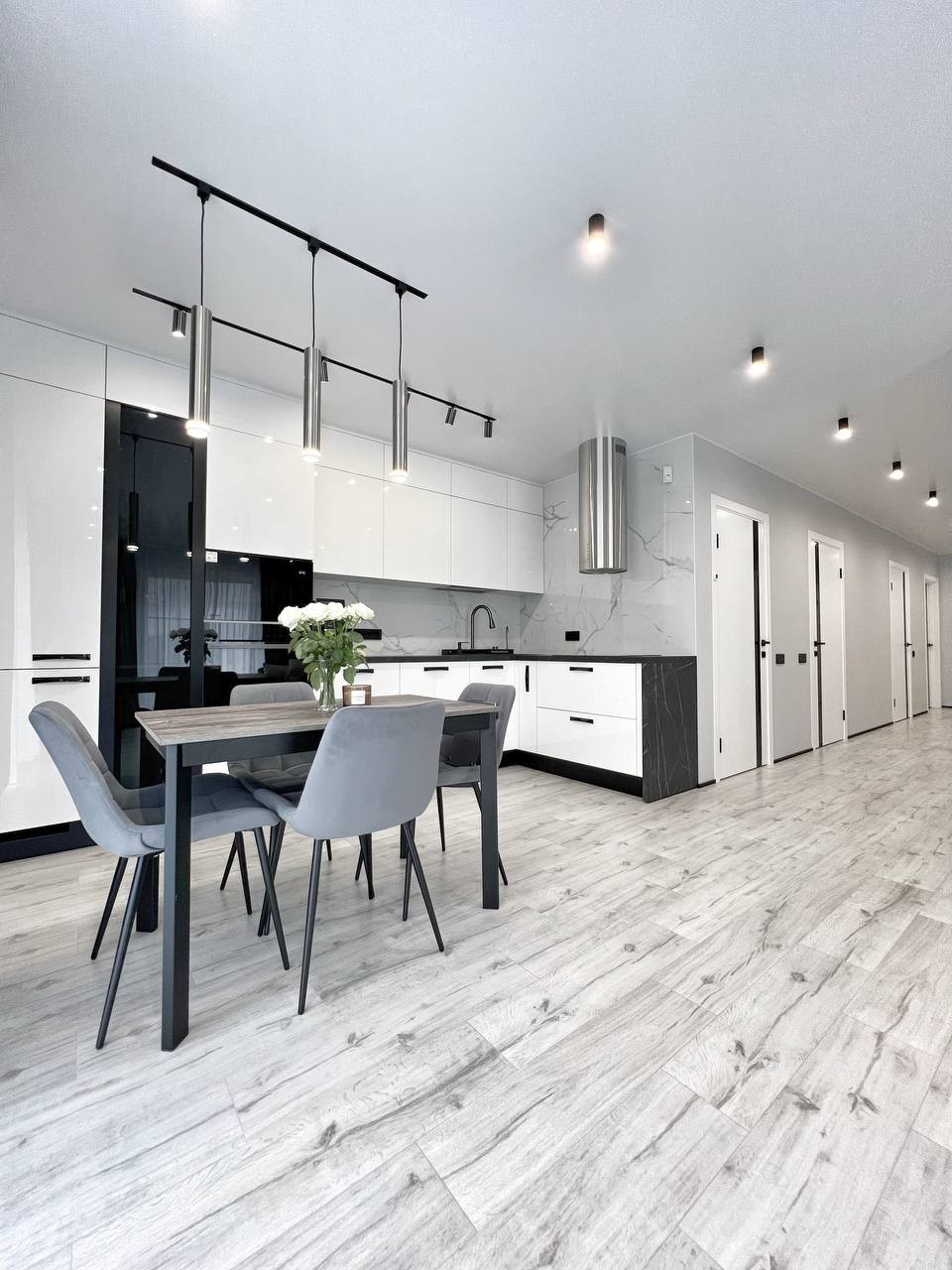
Introduction to Redefined Culinary Spaces
The concept of culinary spaces has undergone a tremendous transformation in recent years. The traditional kitchen has evolved from a hidden-away place of food preparation to an open, multipurpose hub that brings people together. This shift reflects a broader trend in interior design and architectural approaches that view cooking and dining as integral components of social engagement and lifestyle expression. With an emphasis on aesthetics, functionality, and technology, culinary spaces are being redefined in innovative ways to cater to the modern epicurean and home chef alike.
Blurring the Lines Between Cooking and Living Areas
Gone are the days when the kitchen was an isolated chamber within a household. Contemporary culinary spaces blur the lines between cooking and living areas, promoting an interactive and inclusive environment. Open floor plans seamlessly unite the kitchen with dining and living spaces, encouraging a fluid transition during meal preparation and entertainment. This integration aligns with the desire for a cohesive and sociable home layout that fosters communication and community among family and guests.
Technological Integration in Modern Kitchens
Technology has become an integral part of today's culinary spaces. State-of-the-art appliances and smart home systems offer both practicality and a touch of luxury. From refrigerators that can help manage your grocery list to ovens that can be preheated via a smartphone app, the possibilities for convenience and efficiency are endless. The integration of such technologies ensures that culinary spaces are not only places of nourishment but also centers of innovation and modernity.
Sustainability and Eco-Friendly Design
Environmental awareness has steered the redefinition of culinary spaces towards sustainability. Eco-friendly design choices, including energy-efficient appliances, sustainable materials, and waste-reducing solutions, are at the forefront of contemporary kitchen planning. Homeowners are increasingly conscious of their environmental footprint, opting for designs that provide both aesthetic appeal and a commitment to the planet.
Customization and Personalization
The redefined culinary space acknowledges the unique needs and tastes of the individual. Customization plays a pivotal role in creating a kitchen that reflects personal style and culinary habits. From bespoke cabinetry and tailor-made worktops to adjustable lighting and ergonomic design elements, the modern kitchen can be personalized to suit the preferences and requirements of each home cook.
Multifunctional Kitchen Islands
The kitchen island has evolved into a multifunctional feature that serves as a central gathering point, a casual dining spot, a prep station, and even a workspace. Versatility is key in redefined culinary spaces, and the kitchen island provides a versatile surface that accommodates a range of activities. With the addition of integrated sinks, built-in appliances, and ample storage, kitchen islands maximize space efficiency while enhancing the kitchen’s social atmosphere.
Conclusion: The Future of Culinary Spaces
The future of culinary spaces continues to be an exciting frontier as design principles adapt to the changing dynamics of home life and technological advancements. Redefined culinary spaces reflect a cultural emphasis on openness, comfort, and sustainability. As we continue to explore new ways of living and interacting within our homes, the kitchen remains central to these evolutions—promising a future where culinary spaces are not just about food but about the evolution of daily life and sophisticated living.